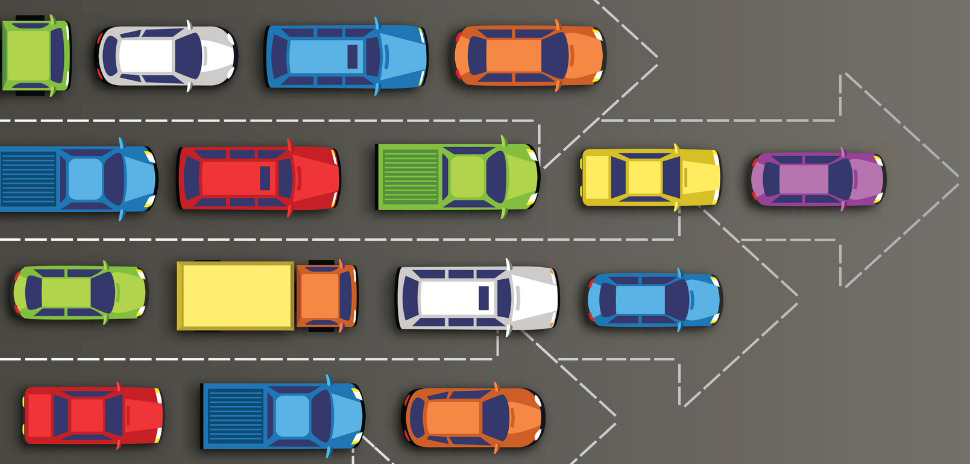Americans waste 8.8 billion hours and 3.3 billion gallons of fuel due to congestion, according to a new Urban Mobility Report by the Texas A&M Transportation Institute (TTI).

M. Ray Perryman
That’s a direct price tag of $166 billion, according to M. Ray Perryman, head of The Perryman Group and distinguished professor at the International Institute for Advanced Studies. And congestion is at the highest level since the institute began tracking it in the early 1980s.
“Traffic congestion costs the US economy billions in wasted time, productivity, and fuel. It also negatively affects the quality of life and constrains potential growth,” he writes.
The issue is most pronounced in our largest population centers, he adds, although smaller areas are affected. The worst traffic issues are in the Los Angeles-Long Beach-Anaheim area: Commuters there spend an average of 119 hours per year in traffic delays.
How Texas stacks up
“In Texas, Dallas-Fort Worth ranks thirteenth with 67 hours of delays, ahead of Houston. Houston ranks ninth nationwide with 75 hours of delays per commuter per year. Austin is fourteenth at 66: “worse than a number of cities with notably larger populations,” Perryman continues.
San Antonio, averaging 51 hours of delays, is 34 nationally, with El Paso, Beaumont, McAllen, and Corpus Christi all in the 38 to 41-hour range.
Also troubling is that about a third of delays have stretched outside of peak hours, making “rush hour” expand to what amounts to several hours.
![The report illustrates the delay per auto commuter in peak periods across the United States. [Source: 2017 commuters, Texas A&M Transportation Institute]](https://s24806.pcdn.co/wp-content/uploads/2019/09/Screenshot-2019-09-23-14.36.04-e1569267434929.png)
The report illustrates the delay per auto commuter in peak periods across the United States.
Click the image for an interactive map. [Source: 2017 commuters, Texas A&M Transportation Institute]
What can we do?
“Research by The Perryman Group has shown that investments in transportation infrastructure provide an annual return to the economy of more than 30%, yet budgetary commitments are often lacking,” Perryman notes.
It’s a problem in search of solutions: That can include initiatives such as “more lane-miles, varying toll rates, technological aids, mass transit expansion, and flexible schedules for workers,” he concludes.
The TTI’s 2019 Urban Mobility Report is an analysis of traffic conditions in some 494 urban areas across the United States, and points to the need to consider a full range of mobility improvement strategies. The 2019 edition, sponsored by the Texas Department of Transportation, uses highway inventory data from the Federal Highway Administration along with crowdsourced data from urban streets and highways, according to the Texas A&M Transportation Institute.
![]()
Get on the list.
Dallas Innovates, every day.
Sign up to keep your eye on what’s new and next in Dallas-Fort Worth, every day.





































































